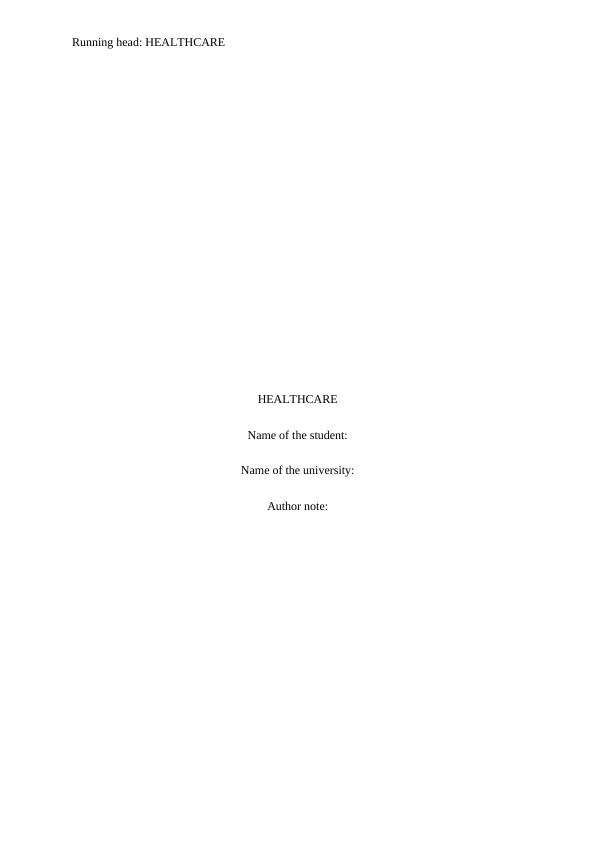Infection Control in Healthcare: Risks, Controls, and Procedures
Added on 2023-04-24
10 Pages2285 Words479 Views
End of preview
Want to access all the pages? Upload your documents or become a member.
Communicable Disease - Tuberculosis
|8
|2254
|24
Preventing Infection and Control in Nursing
|6
|1162
|293
Tuberculosis: Causes, Symptoms, and Treatment
|8
|1669
|483
Chain of Infection and Mode of Transmission for Tuberculosis
|6
|2238
|60
Essay on Various Causes of Influenza
|6
|2113
|57
Causal Organism of Tuberculosis
|5
|1112
|64



